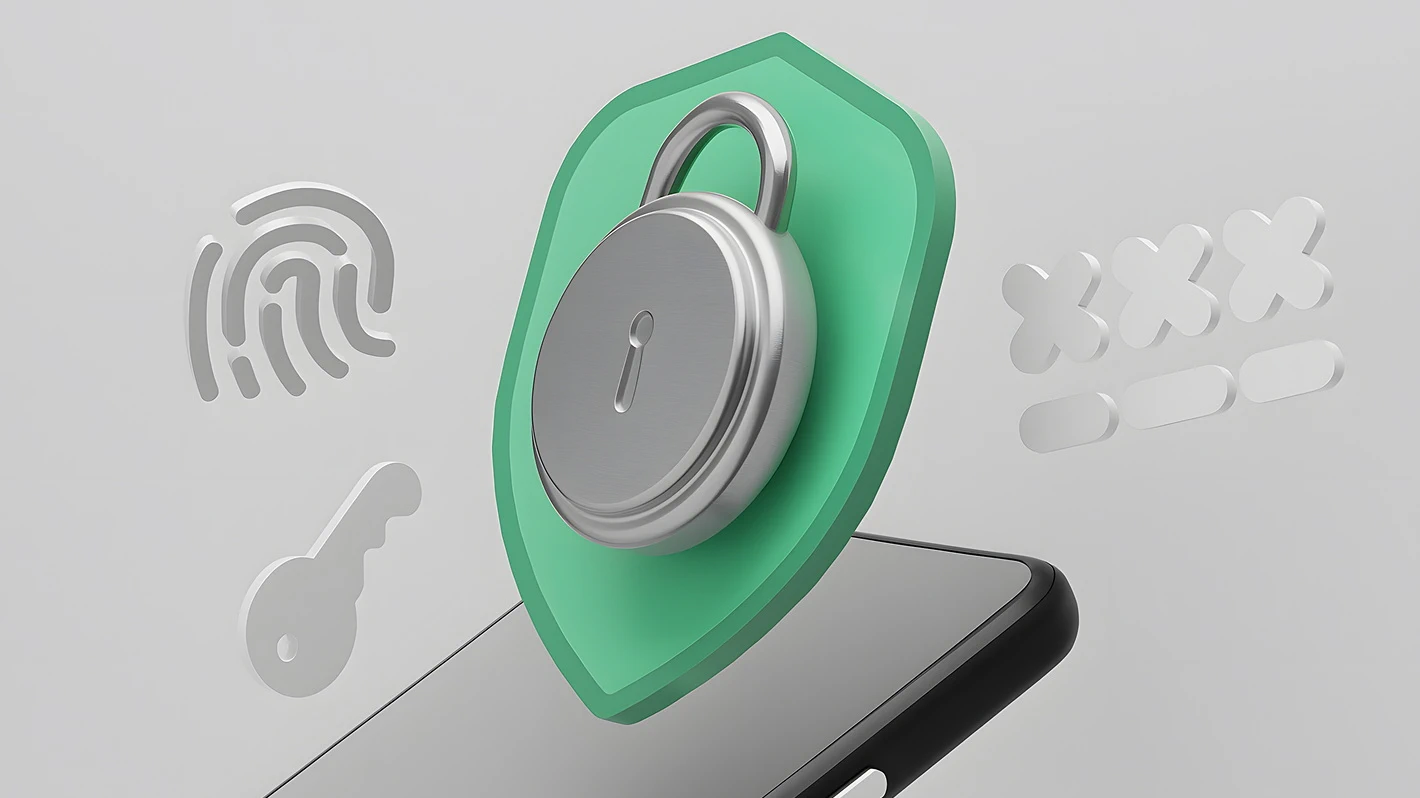
Chatbots are reshaping the way organizations gather valuable data and communicate with customers. A lot of industry leaders are wondering how it is possible to improve customer service with NLP. The global chatbot market is set to reach US$ 454.8 million in revenue by 2027. To put that into perspective, that number was just US$ 40.9 million in 2018. That’s right—a more than 10x growth in less than a decade.
Microsoft, Google, IBM, Amazon, and other tech giants realized this potential early on, and have delivered phenomenal chatbot frameworks over the past few years. While earlier versions were only capable of programmed responses for customer service, today’s AI chatbots can carry out sophisticated interactions naturally.
Natural language processing (NLP) is the marvel of AI that is permanently transforming chatbots as we speak. Although chatbots can’t entirely replace humans, with NLP services they can now process text and voice communication like humans do. With more funding than ever and awe-inspiring innovations to match, AI chatbots are fast becoming secure, versatile, accessible, and trustworthy communication tools.
In this guide, we explore how NLP is taking customer service to new heights—and why it is key to adopt NLP as a service to stay competitive.

What Is NLP (Natural Language Processing)?
The branch of artificial intelligence (AI) that aims to train a computer to understand, process, and generate language like humans do is known as natural language processing (NLP). NLP initially referred to a computer’s ability to read but has since become an all-encompassing term for computational linguistics, including voice data.
Building computers that understand and respond to voice and text data also involves NLP subcategories, like NLG and NLU. Natural language generation (NLG) refers to a machine’s ability to create its own communication, which allows it to appropriately respond to the data it receives. Natural language understanding (NLU) involves the computer’s understanding of language variants, such as slang, mispronunciations, and misspellings. Search engines, voice assistants, and machine translation services would not be possible without this machine-learning technology.
Chatbot natural language processing has largely been implemented to assist with customer service. But, how does the computer understand the words, sentences, and context of customer support queries without human intervention, you ask?
Just like machine learning systems store other forms of data, they also store words—and the way words are structured together—to create meaning. Machine learning engines are fed sentences, phrases, and even books. The system processes the information using grammatical rules and real-life linguistic trends. It uses this data to learn, determine patterns, and deduce what comes next.
Take predictive text when writing an email or text message, for example. Through learning linguistic patterns and gathering contextual data, the system can predict the rest of your sentence.
When it comes to customer service, chatbots are a form of NLP that interpret and contextualize customer queries to formulate a helpful response.
The NLP Techniques and Process Flow
Although NLP helps machines understand and formulate human conversation, how do they keep up with linguistic adaptations, new words, and all of the other ways our language changes—sometimes overnight?
Many attributes make up a language, including but not limited to sound patterns, characters, grammar, phrases, words, logic, sentiment, and implication.
Since computer language is numerical, the AI system categorizes these linguistic layers and assigns them numerical values. One example of this is a content analysis tool using term frequency to identify key information in a document. The system assigns numerical values to show the importance of certain words and phrases. Now that the computer has analyzed and interpreted the information into its own numerical language, a classifier converts the data back to plain English. The system will switch back and forth to understand and respond to the data with these NLP techniques.
NLP and AI Chatbots: How It Works
AI-powered chatbots in customer service are often referred to as virtual agents. The NLP chatbots perform repetitive communication tasks that are generally too time-consuming for human agents to do. This frees up human customer service agents to focus on complex customer queries that require deeper insight and case-specific problem resolution.
AI chatbot technology is making it possible for companies to engage with their customers in efficient and innovative ways. Their technological advancement and limitless integration options are enhancing the customer experience while streamlining business operational workflows with the following strategies.
Customer Support Around the Clock
With overloaded call centers, customers are tired of being placed on hold with no end in sight. Companies need to invest in better solutions to remain competitive. Unlike humans, chatbots can keep working around the clock (at no extra cost) and are not limited by individual constraints or operating hours. Having virtual customer service agents available to handle thousands of queries at once, 24 hours a day, 7 days a week, alleviates many of the roadblocks growing businesses encounter.
Enhanced Operational Efficiency
Chatbots can efficiently, effectively, and accurately complete many customer service processes. A well-developed NLP service will answer common questions and direct queries to the appropriate solution resource. Besides chatbot NLP being used for receiving and responding to queries, they are masters at data collection. Not only are they faster than human operators when processing data, but they’re also more precise. This reduces human error while also freeing staff to better focus their energy.
That’s because NLP removes a notable workload from customer service staff, allowing them to handle more complicated matters. Additionally, behind-the-scenes data capturing done by chatbots allows human agents to deal with inquiries more efficiently (for example by using deal sourcing platform). As a result, productivity increases while labor hours and costs decrease.
Predicting Customer Needs
During interactions, chatbots capture customer data in real time. They can determine the customer’s local time, physical location, device information, and whether the user is on a website or mobile app. The chatbot integrates customer data stored in the company CRM—such as preferences, profiles, and orders—to develop an understanding of the customer’s needs. Not only does this make conversations contextual and personalized, but it allows chatbots to anticipate growing consumer needs.
By capturing and combining data from thousands of consumers, companies also gain insights to make more accurate inventory forecasts. They can also explore Airtable alternatives to find reliable data management and no coding platform that can make data collection process smoother and better.
Chatbots record customer purchase habits, historical sales data, seasonal demands, commonly visited web pages, and customer service trends, among other data points. Having this information will help your business maintain better product lifecycles, reduce product returns, and minimize profit loss due to stale stock. These data points allow business owners and managers to make data-driven decisions as opposed to blindly guessing what the most effective strategy might be.
Generating Positive Reviews
Positive online reviews play a significant role in driving sales. It may come as a surprise, but chatbots can help encourage customers to leave a review and thereby grow your brand reputation.
Very often, satisfied consumers are happy to leave a review but simply forget or don’t know where to do so. Chatbots can create a call to action for users to leave a product review or customer service feedback. They can even walk them through the process if necessary. This simple nudge can generate a substantial amount of reviews for your business.

Broader Reach
Chatbots were designed to make customer service somewhat self-sufficient. Consumers want instant answers and many find automated on-demand solutions to be very beneficial. The truth is that many users will avoid picking up the phone at all costs. Not providing an alternative way to solve their problems can cost you business.
Challenges In Implementing NLP
Programming these intelligent chatbots requires knowledgeable tech teams and consistent updates considering the many different NLP use cases. Chatbots need to understand NLP phrases and user intent to respond with helpful solutions. Here are some of the common challenges when implementing NLP chatbots and how to overcome them:
Bot-Speak
While machines, computers, and robots are highly intelligent, they are incapable of feeling emotion. This means that chatbot conversations will generally lack a human touch. They can come off as cold, insensitive, and even rude.
To combat this, developers need to add a human element to the way their chatbots communicate with consumers. This can include greeting customers with a friendly attitude, injecting humor into the conversation, and keeping language light, short, and simple. Break down complex concepts and keep conversations interactive.
Additionally, prepare your bot with a polite response to unrelated questions. For example, “I’m sorry, I don’t understand your question”. You can also program your bot to transfer the query to a human agent if need be.
Data Security
Your bot processes a wealth of consumer and company information daily. Without proper security measures and diligent protection of sensitive data, the risk of data leaks and hacking incidents increases significantly. Focus on encrypting your channels, especially if your business handles sensitive customer information. To secure user information, use the ‘HTTP’ protocol in your chatbot and ensure that the platforms where your chatbots are going to live and work are secure.
Never encode confidential company information in the bot since fraudsters can manipulate questions to access this information. Before it’s time for your chatbot to go live, beta-test all of the security protocols to avoid any mishaps.
Chatbot Testing
Another reason to continually test independently developed chatbots is that they are constantly evolving due to their Natural Language upgrades. Test your bot for accuracy and legibility frequently. If you purchase a chatbot from a vendor, you won’t need to take care of this at all—further saving you time, labor, and money.
Cost
Although chatbot development can be costly, its cost-cutting benefits outweigh the initial expense in the long run.
Several variables will affect the cost of your bot development and maintenance. For example, a customer service chatbot on a company website is different from a messenger chatbot—and will therefore carry different expenses. Chatbots for internal company functions also require different coding. If you want a chatbot on all your platforms, it will require more coding, which inevitably increases the cost. In addition to the type of chatbots you use, the bot functions will also influence the cost. This may include conversation, payment systems, geolocation, and account synchronization.
Third-party platforms are a cost-saving alternative to developing your own chatbot. When choosing a third-party platform, make sure the chatbot model and functions meet your requirements and are actually capable of facilitating your goals. In some cases, you may have to sacrifice a bit of flexibility. Besides being cost-effective, third-party platforms also guarantee a shorter development time and thus faster ROI.
Data Workability
Your bot needs to capture the unique selling point of your business. It should be able to communicate with and reach your target audience by reflecting your brand identity. Cluttering your chatbot with data that is irrelevant to its functions and communication scenarios doesn’t do anyone any favors. Being intentional!
Make sure to enrich your bot with relevant data and consider how your virtual agent is reflecting your brand identity and value to customers. Consider whether or not your chatbot’s language appeals to the right audience and if it captures the essence of your USPs.
Improve Your Customer Service With Helpware
With so many NLP use cases, it’s clear that this is a piece of machine learning that will help you remain competitive in a tight consumer market. Helpware makes NLP integration into your business practices and customer service a breeze. Through AI application to customer service, we drive digital transformation to enhance your enterprise’s customer experience. A better customer experience is akin to a bigger bottom line, after all.
Helpware offers business process outsourcing that combines the right technology with the right human interaction. From data capturing and call center services to live chat, technical, and email support, we tailor a team of skilled professionals to boost your competitive advantage across all customer channels.
Knowing that your customer service tasks are in good hands frees your team to focus on tackling more complex duties with greater efficiency, productivity, and accuracy.
Chat with a Helpware team member today to discover how our People as a Service model enables you to give each customer the undivided attention and professionalism they deserve.











